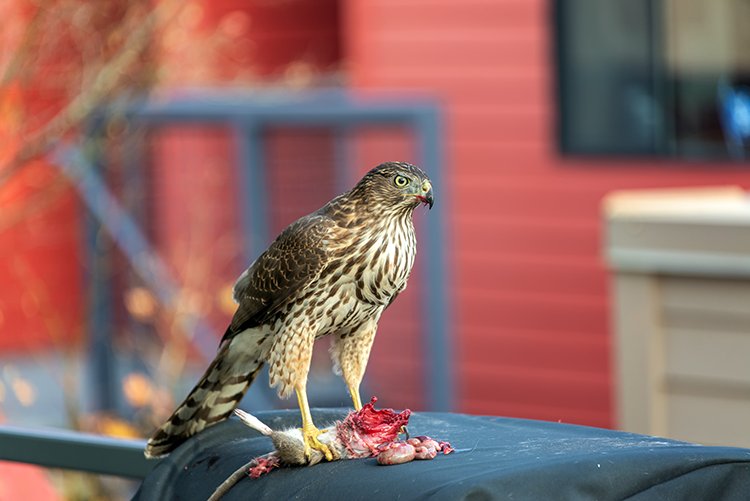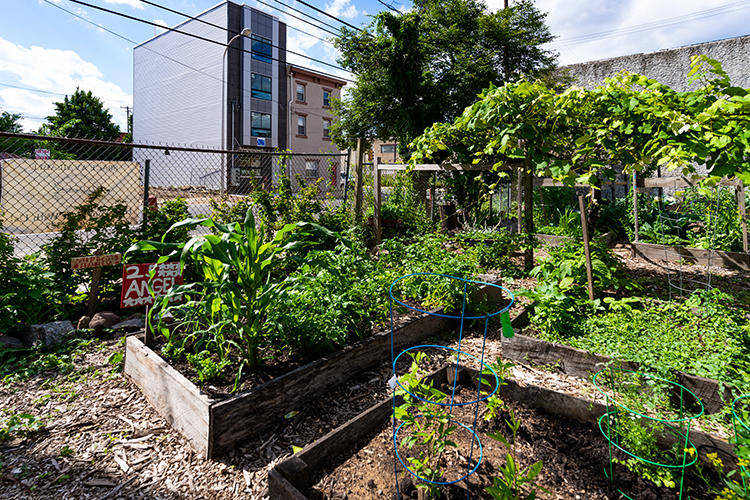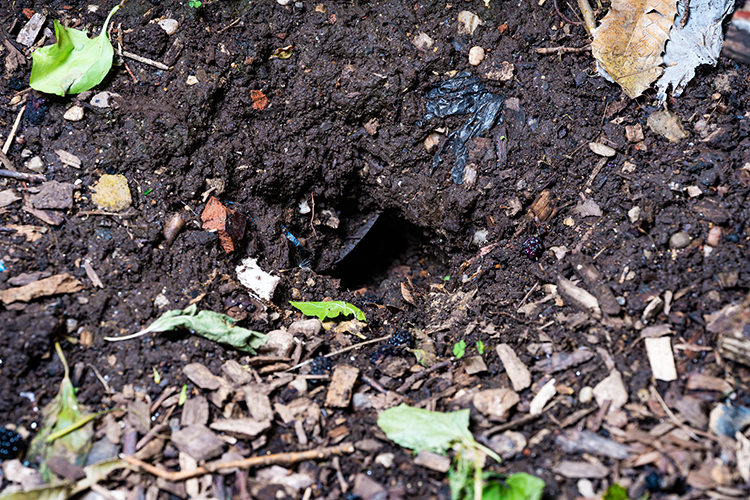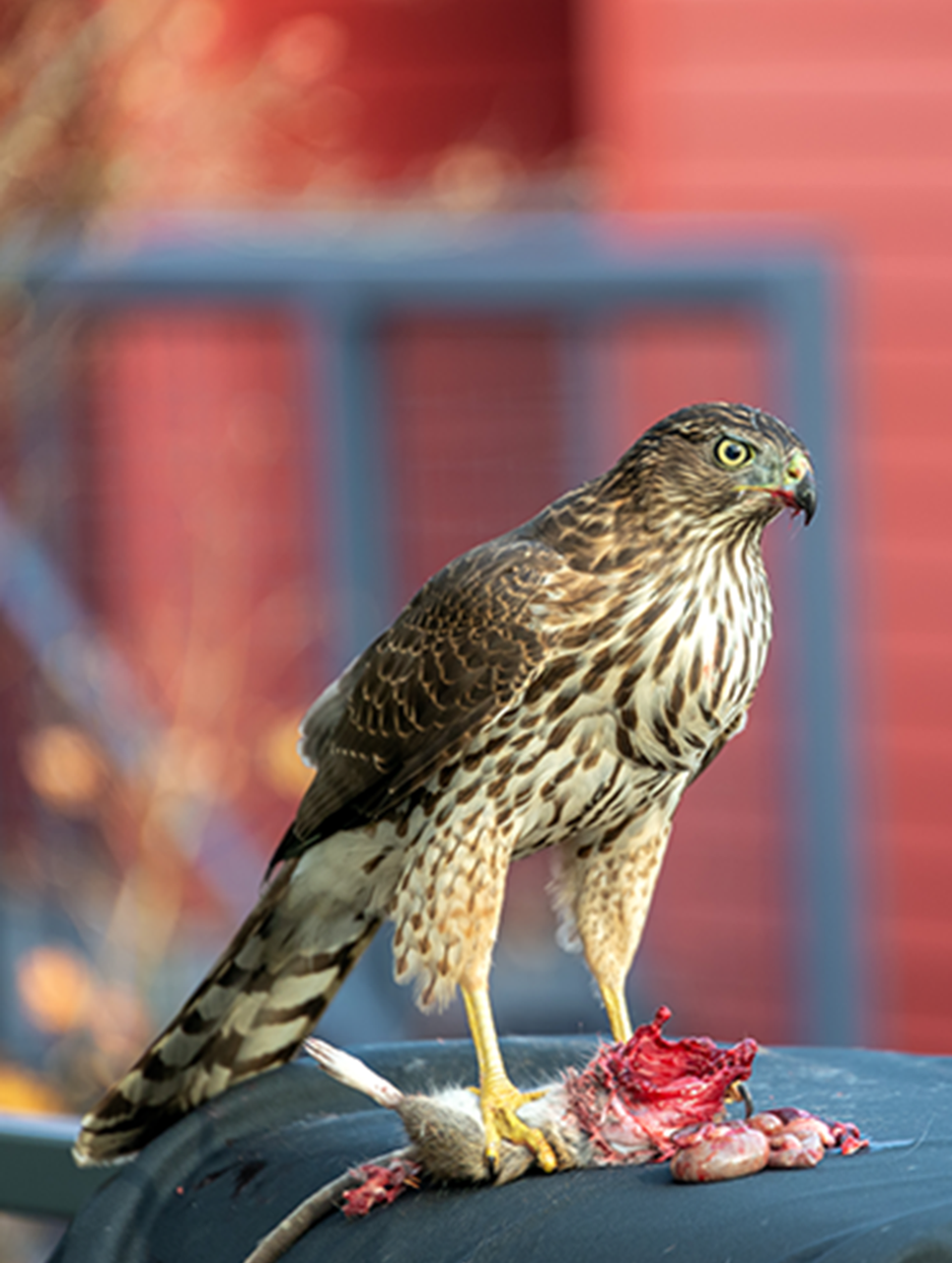On march 19, 2019, Mom, the red-tailed hawk matriarch of the Benjamin Franklin Parkway, disappeared. A post by Carolyn Sutton on the Franklin Hawkaholics Facebook page described how, over the previous weekend, Mom had been looking unwell, sitting listlessly on a branch and showing no interest in a dead rat delivered by her mate, T4 (“T” for tiercel, the word for a male hawk, and “4” because he was Mom’s fourth documented mate). In 2016, her previous mate, T3, had died of suspected rodenticide poisoning. Mom’s body was never recovered, but the hawkaholics suspected that she had suffered the same fate.

The most commonly used rat poisons are slow-acting anticoagulants. The rats eat the bait but get sick gradually, eventually dying from internal bleeding. Older poisons like strychnine had the drawback of acting too quickly. Rats that saw others die soon after eating bait learned to avoid it. Anticoagulant poisons introduced in the mid-1900s killed more slowly but required rats to eat several doses to build up a lethal dose. The “second-generation” anticoagulants now in use deliver a lethal but slow-acting dose in one feeding.
One major downside of the slower death is that rats can wander out into the open after eating the bait, where they can fall prey to pets such as dogs or to wild animals such as hawks. The slow action of the poisons leaves the rats able to eat even after they have ingested a fatal dose. That high load of poison can then be ingested by rat predators or scavengers.
Sutton draws a connection with the rats abundant around the Rocky statue at the base of the Philadelphia Museum of Art, fed by an endless supply of pretzel crumbs, ice cream drips, hotdog ends and other food waste dropped by tourists. “The area is full of rats,” Sutton says. “First thing in the morning, they’re running around in front of us. We could see rats behind the fountain near the statue. One ran practically right across our feet.” Sutton said that other hawk watchers had “noticed rats staggering around” near the statue, presumably poisoned in response to complaints from tourists.
“It’s not just the City,” Sutton says. “It’s the apartment buildings there. [At] every apartment building you can see the boxes [of rat poison] all around the base. Even the Franklin Institute has the boxes … ”
Rodenticides, especially anticoagulants, are very nasty. The animal suffers slowly over a period of time. It’s a terrible way to die.”
— Michael Parsons, biologist who studies wild rats
Researchers studying dead red-tailed hawks in New York City from 2012 to 2018 tested their livers for anticoagulant rodenticides. They found the poisons in 89% of the hawks. Forty-one percent of the hawks showed signs of internal bleeding, and 46% of the remainder still had high enough levels of the rodenticides to be diagnosed with anticoagulant poisoning. A similar study in New Jersey found the poisons in 81% of red-tailed hawks examined and 82% of great horned owls.
In California, where additional wild predators such as golden eagles, kit foxes, bobcats and mountain lions have been found killed by second-generation anticoagulants, a movement to limit the poisons resulted in a law, taking effect in 2021, that restricts their use. There are still exemptions for public health and agricultural facilities, but for the most part California pest control companies now need to reach for other tools in their efforts to control rats, such as mechanical traps or dry ice pellets (the carbon dioxide emitted by the pellets suffocates rats in their burrows).
Secondary poisoning might not be the only reason to hold off on using second-generation anticoagulants. “I will say from the rat perspective, actually we could even make it one step more complex,” says Michael Parsons, a biologist who studies wild rats. “Rodenticides, especially anticoagulants, are very nasty. The animal suffers slowly over a period of time. It’s a terrible way to die.”
A growing body of research shows that rats are intelligent creatures with social lives and empathy for others. For example, a 2011 study found that rats faced with the choice between eating all of a chocolate treat by themselves or liberating another rat, who would then also have access to the chocolate, often chose to free their companions. Seeing rats as worthy of human sympathy might make humans think twice about how to control them.
Parsons says he still sees a place for rodenticides in rat control, but he urges people to try other methods first. “We shouldn’t be making them suffer,” Parsons says. “We should be changing our behavior.”

A garden confronts its unwelcome rat population
A neighbor warned Tristan Fuentes to be careful of the rats in the Norris Square Neighborhood Project’s Raíces Garden, on North 2nd Street near West Susquehanna Avenue. According to Fuentes, the neighbor said “he came out to see a smaller dog with two rats that seemed to have defeated it.”
Urban rats get credit for a variety of fantastic feats, some true, some fiction. Rats can chew through concrete and steel (not true). Rats can grow as large as cats (not true). Rats can fit through a hole the size of a quarter (true).
Rats are indeed tough animals; adult rats can typically fight off a cat, for example. Dogs can and do kill rats, but rats tend to run at the first hint of danger, casting some doubt on the tag team account.
Fuentes, the garden manager at the Norris Square Neighborhood Project, has seen plenty of rats since then, but none on the attack (in contrast to the local raccoons, which have helped themselves to the project’s chickens).
Nonetheless, the garden rats aren’t exactly welcome. Their presence poses a hurdle to renting out the space for events or using the outdoor kitchen, says Cesali Morales, the project’s operations manager. On a walk through Las Parcelas, she pointed out rat burrows under a shed and garden beds, as well as emerging from the edge of the lechonera (a pit for roasting pigs).

Morales is realistic about the chances of completely getting rid of the rats. “Although we are concerned about rats, we don’t have a massive strategy to eradicate the … rats, nor is it a possibility in our minds.” The plan is instead to focus on general garden maintenance that will also make it harder for the rats to make a living there.
The rats of Philadelphia are almost all brown rats (aka Norway rats, Rattus norvegicus). Actually originating in East Asia rather than Scandinavia, the rats spread west across Europe, reaching Britain in the 1700s and from there hitching rides in ships to the Americas. Along the way they mostly displaced the black rat (aka roof rat, Rattus rattus), which had been in Europe since the days of the Roman Empire and had reached the Americas in the first ships sailing across the Atlantic.
Brown rats tend to stay underground until nightfall, and they generally do their best to avoid humans, unlike the much smaller house mouse, which is more comfortable living indoors with people.
“I don’t wanna say they’re loaded with rats, but in the sewers there’s a high population,” says Jason Edinger, a sanitation supervisor for the Philadelphia Department of Public Health who deals with rat complaints. Sewers are constantly warm and moist, and humans feed the rats with what we flush or rinse down the drain.
People tend to see rats on the surface when they emerge to raid above-ground food sources such as kitchen waste in compost, feed left for other animals such as cats or chickens, and garbage. They can often be seen running to and from restaurant dumpsters or the trash cans in busy parks. Fuentes reported seeing rats near a dumpster in Norris Square (the neighborhood’s eponymous park).

“We share the same plate,” Edinger says. “So basically they live in direct conjunction with man. So with all of our scraps and all of our buildings that we put up, we provide the food and the shelter for them.”
One of the garden’s neighbors, Myles Guevremont, is helping out as part of his own efforts to control the rodents in the Norris Square neighborhood. Guevremont, whose day job is as general manager of a local pest control company, placed snap traps in tamper-resistant boxes at the Norris Square Neighborhood Project gardens. He started by leaving the traps baited but unset so that the rats, which are cautious about anything new in their territory, could get used to them. After a week he set all the traps on the same night. Since then he has continued to deploy snap traps as well as some rodenticide (rodent poison) near a chicken coop.
Guevremont says he is cautious about using rodenticides because of the potential to poison other animals by accident. “When I can I like to use snap traps or mechanical traps, but it can be impractical on a large scale because once it’s caught, it’s one rat until you reset it. With rodenticide you can kill 100 rats with the one box.”
There is a broad, long-standing consensus among rat experts and pest control professionals that changing behavior and rehabbing buildings is the best way to reduce rat populations near where people live. “Rats are truly an indicator pest,” Guevremont says. “Their behavior and population sizes are an indicator of other issues.”
As long as you can upkeep your property, and you contain trash and food inside the home, you’re not gonna run into many rat issues.”
— Jason Edinger, Philadelphia Department of Public Health sanitation supervisor
A study conducted in Baltimore from 1948 to 1950 found that improving sanitation, cleaning yards, and such building improvements as cementing basements, repairing floors and fixing plumbing effectively eliminated an urban block’s rat population.
“There is no magic bullet for it,” Edinger says. “As long as you can upkeep your property, and you contain trash and food inside the home, you’re not gonna run into many rat issues.”
Nonetheless, maintaining good sanitation and keeping up with physical repairs is easier said than done. Rats can find their way to the surface through holes in basements that residents can’t afford to fix. The weight of trucks parking on sidewalks at a construction site can cause fissures in sewers that give rats access to new territory. Illegally dumped trash can feed rats even when a block’s residents contain their own waste.
“We receive about 3,000 complaints a year for people who are seeing rats either on their block or inside their house,” says Edinger. “They want us to come out and help with some type of remediation.”
“We try to respond within about 24 to 72 hours,” Edinger says. “Now what we’ll do is we’ll go out there since we’re reacting and apply some poison if we find rodent burrows. And we try to be mindful of the principles of what they call integrated pest management. We talk about sanitation. We talk about exclusion. Integrated pest management is really just a fancy word for common sense pest control. So not only do we go there and try to remedy the situation. We also try to educate people so that they don’t run into these problems in the future.”
In Norris Square, Guevremont is rolling out his own volunteer integrated pest management initiative for rats. “I really think the only option is to organize your community,” he says. “Unlike most other things we deal with in pest control, including mice, rats tend to prefer to live outdoors in burrows and have a wide range, so if I have a problem with rats on my property it’s almost certain the neighboring properties are having issues.”
Often a block’s rat problems can be traced to one food source, whether an open compost heap, pet food left out for stray cats, or uncontained trash. “We have neighbors who put their bags out on Tuesday, trash day is Thursday, and you can see by trash day rats have gnawed holes in the bags.”
Guevremont plans to go door to door with flyers about rat control and offer his assistance. “A lot of the time it takes small modifications.” Better trash cans can seal up food waste. Compost can be kept in elevated, closed containers that keep out rats. Neighbors can work together to help those who might not have the capacity to make physical repairs that can exclude rats.
“We’re connected to people,” Edinger says, “and so that involves not only just doing your part, but sometimes getting involved in your neighbor’s business and helping and communicating with one another.”








